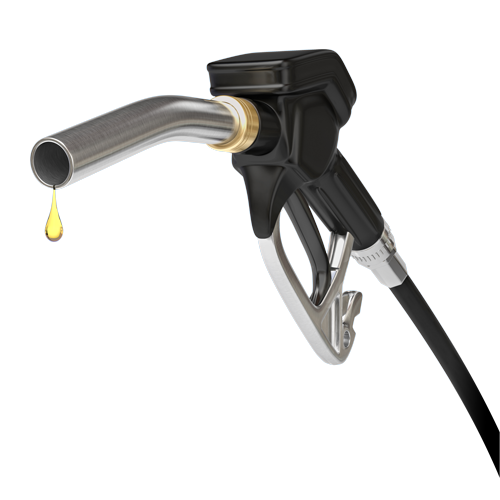OCTANE RACING
 The octane rating is a measure of the autoignition resistance of gasoline (petrol) and other fuels used in spark-ignition internal combustion engines.
The octane rating is a measure of the autoignition resistance of gasoline (petrol) and other fuels used in spark-ignition internal combustion engines.
Engine knocking is compression detonation of fuel in the power stroke of the engine. Knocking occurs when the air-fuel mixture autoignites all at once (or sometimes perhaps when the flame front goes supersonic because of early ignition timing), before the flame front from spark plug ignition can reach it. The explosive reaction causes combustion to stop before the optimum timing, causing a decrease in performance.
Octane is measured relative to a mixture of isooctane (2,2,4-trimethylpentane, an isomer of octane) and n-heptane. A 91-octane gasoline, for example, has the same knock resistance as a mixture of 91 vol-% isooctane and 9 vol-% n-heptane. This does not mean, however, that the gasoline actually should contain these chemicals in these proportions. It simply means that it has the same autoignition resistance as the described mixture.
A high tendency to auto ignite, or low octane rating, is undesirable in a gasoline engine but desirable in a diesel engine. The standard for the combustion quality of diesel fuel is the cetane number. A diesel fuel with a high cetane number has a high tendency to auto ignite, as is preferred.
The most common type of octane rating worldwide is the Research Octane Number (RON). RON is determined by running the fuel through a specific test engine with a variable compression ratio under controlled conditions, and comparing these results with those for mixtures of isooctane and n-heptane.
There is another type of octane rating, called Motor Octane Number (MON) or the aviation lean octane rating, which is a better measure of how the fuel behaves when under load. MON testing uses a similar test engine to that used in RON testing, but with a preheated fuel mixture, a higher engine speed, and variable ignition timing to further stress the fuel's knock resistance. Depending on the composition of the fuel, the MON of a modern gasoline will be about 8 to 10 points lower than the RON. Normally fuel specifications require both a minimum RON and a minimum MON.
In most countries (including all of Europe, Australia and New Zealand) the "headline" octane that would be shown on the pump is the RON, but in the United States and some other countries the headline number is the average of the RON and the MON, sometimes called the Anti-Knock Index (AKI), Road Octane Number (RdON), Pump Octane Number (PON), or (R+M)/2. Because of the 10 point difference noted above, this means that the octane in the United States will be about 4 to 5 points lower than the same fuel elsewhere: 87 octane fuel, the "regular" gasoline in the US and Canada, would be 91-95 (regular) in New Zealand.
It is possible for a fuel to have a RON greater than 100, because isooctane is not the most knock-resistant substance available. Racing fuels, straight ethanol, Avgas and liquefied petroleum gas (LPG) typically have octane ratings of 110 or significantly higher - ethanol's RON is 129 (MON 102, AKI 116)! Typical "octane booster" additives include tetra-ethyl lead and toluene. Tetra-ethyl lead is easily decomposed to its component radicals, which react with the radicals from the fuel and oxygen that would start the combustion, thereby delaying ignition.
Higher octane ratings correlate to higher activation energies. Activation energy is the amount of energy necessary to start a chemical reaction. Since higher octane fuels have higher activation energies, it is less likely that a given compression will cause knocking. (Note that it is the absolute pressure (compression) in the combustion chamber which is important - not the compression ratio. The compression ratio only governs the maximum compression that can be achieved).
It might seem odd that fuels with higher octane ratings burn less easily, yet are popularly thought of as more powerful. The misunderstanding is caused by confusing the ability of the fuel to resist compression detonation (pre-ignition = engine knock) as opposed to the ability of the fuel to burn (combustion). However, premium grades of petrol often contain more energy (BTU) per litre due to the composition of the fuel as well as increased octane.
A simple explanation is the carbon bonds contain more energy than hydrogen bonds. Hence a fuel with a greater number of carbon bonds will carry more energy regardless of the octane rating. A premium motor fuel will often be formulated to have both higher octane as well as more energy. A counter example to this rule is ethanol blend fuels and LPG - which have a higher octane rating, but carry a lower energy content on a volume basis (ie. per litre or per gallon).
As a result of the slow burning properties of high octane high energy fuel more ignition timing is need to insure an optimal burn that results in maximum power.